Engadget has been testing and reviewing consumer tech since 2004. Our stories may include affiliate links; if you buy something through a link, we may earn a commission. Read more about how we evaluate products.
Apple's Pencil looks great, but...
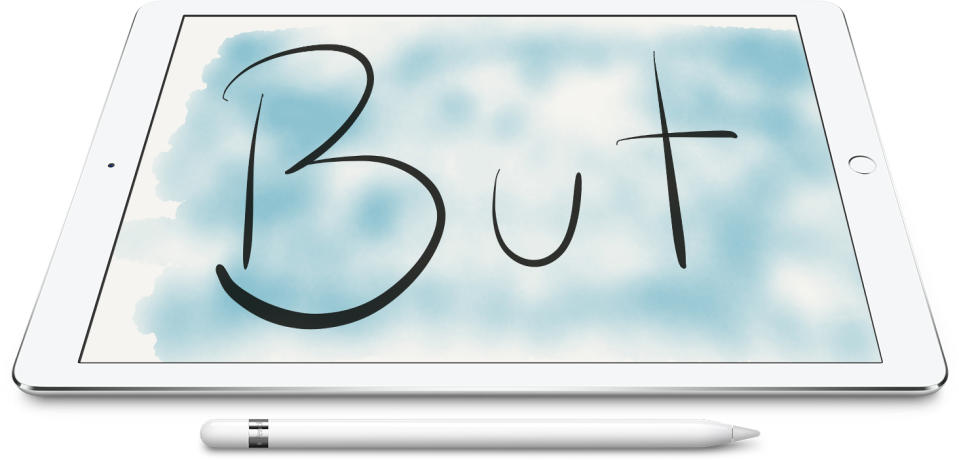
Apple's big iPad Pro came with a big surprise -- an optional stylus. It's easy to dismiss the accessory -- named Apple Pencil -- as a reaction to Microsoft's Surface and Samsung's Galaxy Note series. Whatever the motive, though, the Pencil pushes the iPad and iOS in a new direction, away from regular consumers and toward Apple's bread and butter: designers and creatives. We spoke with over a dozen professional artists, illustrators and designers to gauge the reaction to the accessory. Many use styli in their everyday workflows through options including dedicated Wacom graphic tablets, all-in-one solutions like the Surface series or capacitive options like FiftyThree's Pencil for iPad -- and they've got a lot to say about Apple's entry into the market.
The general sentiment? "It looks great, but..."
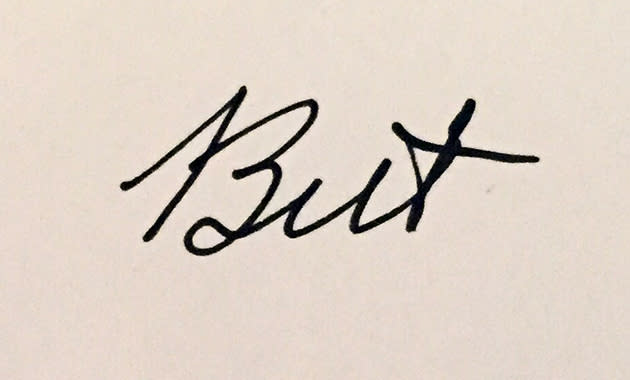
How will it fit into my workflow?
"I've tried [Wacom's capacitive] Bamboo stylus on my iPad and it was rubbish. This looks much better," says an illustrator working at architecture studio Foster + Partners, who asked not to be named due to the firm's work on Apple's new headquarters. "I can't see using it for sketching, though, because it's missing the software. The iPad versions of Adobe's Creative Suite aren't as good. ... I'd rather buy the [Wacom] Cintiq, and have full Photoshop with a sensitive pad."
It's a sentiment I've heard many times over in the wake of Apple's announcement. "It doesn't look to have many practical applications in terms of a professional design tool as it's not possible to use full Creative Suite and other industry-standard applications on a tablet device," says Mike Messina, senior UX/UI designer at [Engadget's parent company] AOL. Messina uses a Wacom professional tablet and stylus for his work in combination with Adobe apps like Illustrator and Photoshop. "I don't think [the Pencil] compares to traditional [graphics] tablets and is more of an expensive toy -- albeit a nice one."
Although Apple's dedicated developer community will undoubtedly create great apps that support the Pencil, the chances of these apps being useful for more than the average consumer are low. Many creative industries are entrenched in Adobe software, while other studios, such as Disney, have their own tools like Meander, the program that was used for the Oscar-winning short Paperman. Adobe's apps for iOS are useful for certain tasks, and they will sync through Creative Cloud to the regular desktop apps, making the iPad Pro a potentially useful companion device.
"Where I could see a big advantage is in this replacing my sketchbook," explains artist/illustrator Dennis de Groot. "I like to go around the city and have a coffee while sketching out new ideas. The hassle with that is that I'm always carrying a variety of pens, pencils, rulers, a sketchbook, a lightpad, etc. If it's as accurate as said, this could potentially replace that whole bag of tools for me."
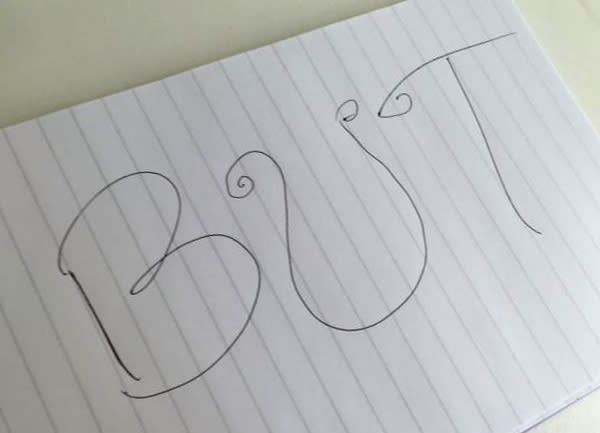
What about the Surface?
There's a problem with a near-$1,000 companion device, though, and it's called the Surface. Microsoft's tablet series has access to full desktop apps, meaning designers can pick up exactly where they left off on the go, in the apps they're already familiar with. Adobe is also making moves toward improving touch support in key apps like Photoshop for Windows, which should improve the experience significantly for those using tablets and convertibles with full apps.
"I've always been very fond of the Wacom Cintiq," explains de Groot, "What obviously sets Apple apart there is that the iPad Pro is a fully functioning device, so it'll be relatively easy to pack it up and take it anywhere along with the Pencil. On that same note, I'm not sure how it will compare to, for example, a Surface. Personally I find Apple's displays more comfortable to navigate, as they "feel" as if they have more precision, but I do think this is a matter of personal preference. In that sense I think they're kind of catching up with the other options on the market."
That said, Microsoft actually moved away from Wacom digitizers with the Surface Pro 3. The digitizer was the thing that made the original Surface Pro and Pro 2 so good for drawing, and with that gone, the stylus had to be active, introducing significant lag. I've spoken with a number of designers who tried the Pro 3, but quickly decided to stick with earlier versions for that reason. The decision was obviously well-thought-through by Microsoft: Lose a minority of creatives, and produce a thinner and cheaper tablet for everyone. Whether Microsoft will opt for a more sensitive digitizer in future Surfaces remains to be seen, but if it doesn't, moving away from the design community would represent a potential "in" for Apple. Unfortunately, the Pencil is also an active stylus, meaning there's going to be some lag. Apple claims this is down to a bare minimum, of course.
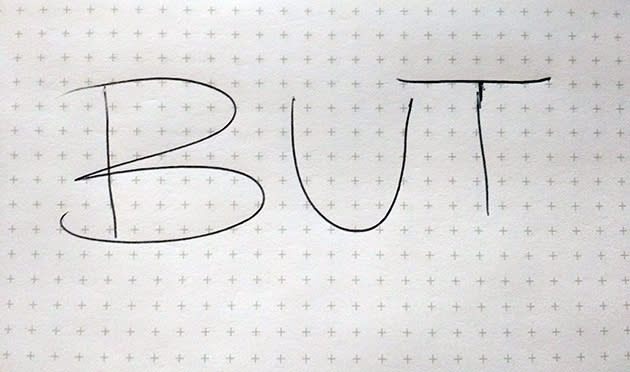
Is it quick enough to replace traditional drawing tools?
"I'll definitely try it, then compare it to the Surface Pro. It'll come down to how it draws and whether or not it incorporates into my workflow or not," says animator Jed Diffenderfer, who's worked on projects like Wreck-It Ralph for Disney. "Many stylus devices seem OK 'to a point,' but fall short after the prosumer drop off. We don't draw that tight or clean in [story]boarding, but we can get going fast, and most [styli] still don't keep up with how fast I could draw on paper with traditional tools."
Ryan McManus, design director at New York design agency Hard Candy Shell, has a similar view. "I've tried a few styli over the years, including a Wacom Bamboo pad for my Mac and stylus for my iPad. I bought both mostly for sketching out ideas, but the issue was they were never as fast or as readily available as a pen and paper."
"The main problem I have with styli is a combination of latency and inaccuracy within the compatible applications," De Groot adds. "The reason a device like [the Wacom Cintiq] works for me is because I'm able to use it in the same applications I do the majority of my work in, and it's as accurate as I'd work in them with any other tablet. As an illustrator, I look for tools that could possibly replace a pencil and paper, which of course is a tough challenge, so latency of any kind really defeats the purpose of using a stylus in my line of work."
It really depends, then. It's virtually impossible for an active stylus to be as quick as a digitizer-based system, and even that's not fast enough for some creatives. It could be "quick enough" for many, though, and the Pencil also makes the claim of accuracy down to the individual pixel. "I have seen amazing design work done with a stylus and screen, mostly in the automotive realm," explains McManus. If the Pencil proves a more accurate tool, even with lag, it could gain traction in fields that require technical drawing. That doesn't describe McManus, though, who says, "It's just really not that useful in my current workflow. I like pens, besides."
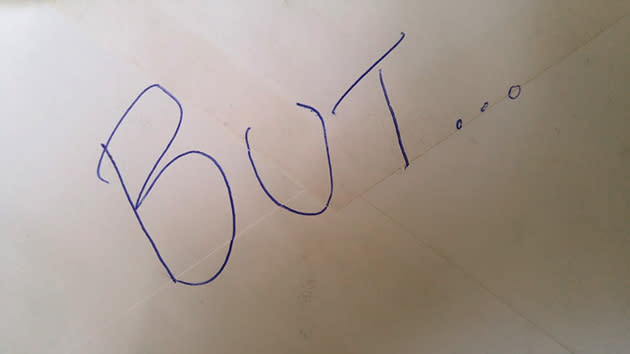
How will the additional features work?
Those unconvinced by top-of-the-range graphics tablets are unlikely to be won over by the Apple Pencil's response time, but there are some additional benefits here. Rather than simply offering palm rejection, the iPad Pro can detect both finger and Pencil input at the same time. That opens up some interesting possibilities. Diffenderfer says this tool could be "awesome," if used in the right way. Being able to rotate a virtual workspace rather than the tablet itself with the flick of a finger could seriously speed up an illustrator's workflow. "It can get pretty annoying constantly rotating a Cintiq. I miss doing this with story pads."
McManus notes its potential use for 3D work. "I could see manipulating an object in 3D space while carving with the stylus could be novel for modelmakers/3D artists." That adds problems of own, though. "If you're doing that, who's holding your iPad for you? ... Using two hands means you're relying on either friction or balance to keep the iPad in place."
So again, the usefulness of these additions is going to come down to software. The same is true with its tilt feature, which lets you change the type of stroke you're making by tilting the Pencil. For the record, tilt is used to great effect in FiftyThree's identically named Pencil stylus. ("[They] must be pissed," notes McManus.) FiftyThree's implementation works perfectly in its Paper app, but Apple's Pencil is supposed to be app-agnostic, and the tilt functionality will need to be implemented well throughout all the apps that support it.
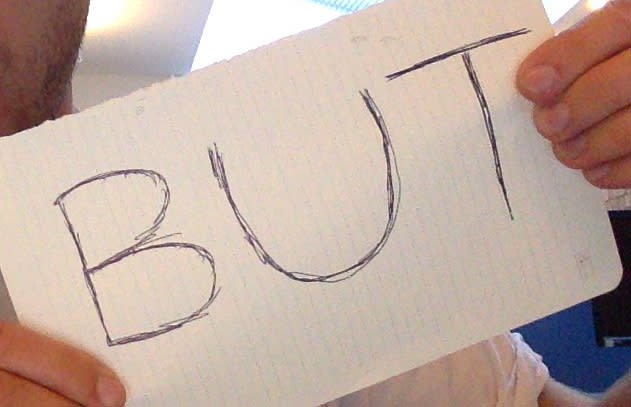
I'll probably try it anyway
There are big questions looming over Apple's little Pencil, then. The answer to the lag issue will arrive as soon as the iPad Pro launches this November, but the more important worries, most notably application support and value, will take time. If iOS is going to be a tenable singular device for professional creatives, Adobe has to get on board. It has a huge part to play, as it has almost the entire industry at its whim. It can do something about this though. With the increased power of the iPad Pro, there's the potential for a full-featured, touch-enabled Photoshop and other Creative Suite apps to be ported over to iOS. Even if that's impossible, it's already laying the groundwork to stream Creative Suite apps to browsers. Why not use this in iOS as well? And if full, desktop-class apps are on iOS, then the value proposition changes entirely.
Despite the unknowns, the majority of creatives we spoke to really wanted to try the Pencil. Many use a Mac rather than a PC for their daily work, and words like "trust" and "quality" were common while describing Apple products. Only a couple say they're definitely going to buy them, but the company has the benefit of the doubt among the community, and people seem excited to give the Pencil a shot.
